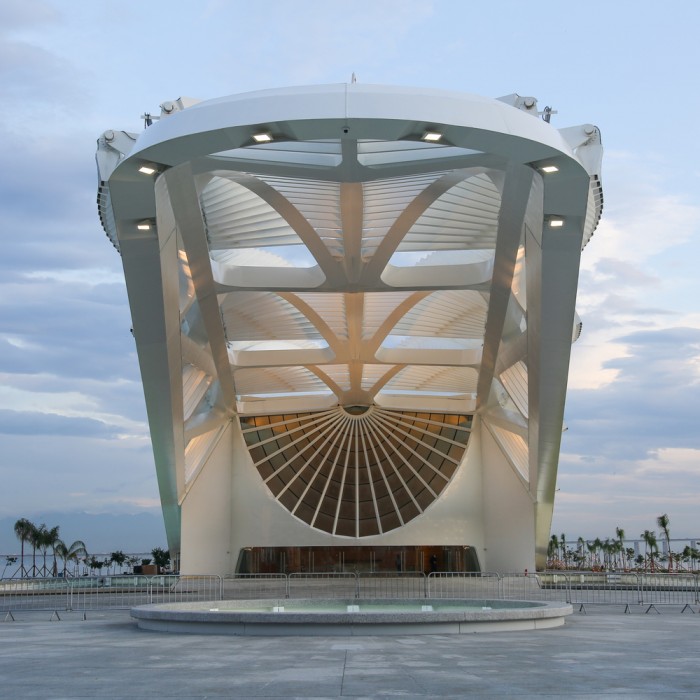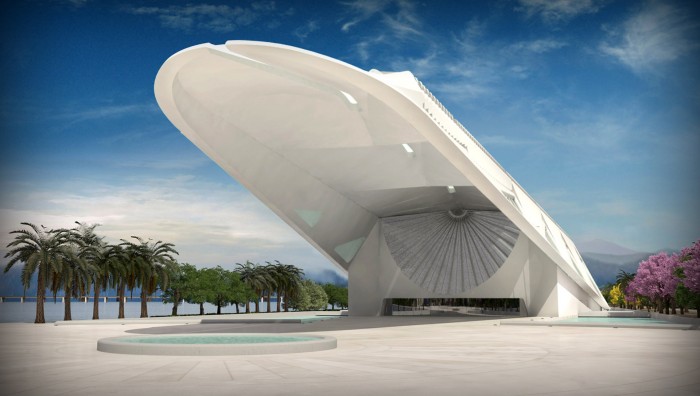The Museu do Amanhã, or the Museum of Tomorrow is a mammoth structure designed by Catalan architect Santiago Calatrava to host a contemporary science museum. Calatrava built his reputation by designing harp-like bridges, an opera house and stage sets for the New York City Ballet. He was also the subject of an article titled “Santiago Calatrava: The World's Most Hated Architect?” because his projects are wildly over budget.
Located in Rio de Janeiro’s port, the structure was built to mark the area’s redevelopment. The port was a notorious no-go area, but it has recently begun to transform because of the Porto Maravilha – or Marvellous Port – project. The project has seen streets revitalised, new cultural facilities such as the Museum of Art of Rio and greater integration between transport modes and spaces for pedestrians.
The main exhibition at the museum of tomorrow was curated by physicist and cosmologist Luiz Alberto Oliveira, and it takes visitors through five major areas: the cosmos, Earth, Anthropocene, tomorrow and now. The exhibition, which is almost entirely digital, makes a powerful argument for sustainability.
“The main challenge is that the only certainty we have about the future is that the unexpected will take place,” Oliveira said.
Using real-time data on climate and population from space agencies and the United Nations, the museum projects trends 50 years into the future.
The building is all white, with an extending canopy. The bold building will make the structure an iconic symbol of the new port of Rio. Calatrava says he was inspired by the bromeliads, a flowering plant native to the tropical America, in Rio’s Botanical Gardens.
The museum opened on 19 December.
Images via e-architect.











